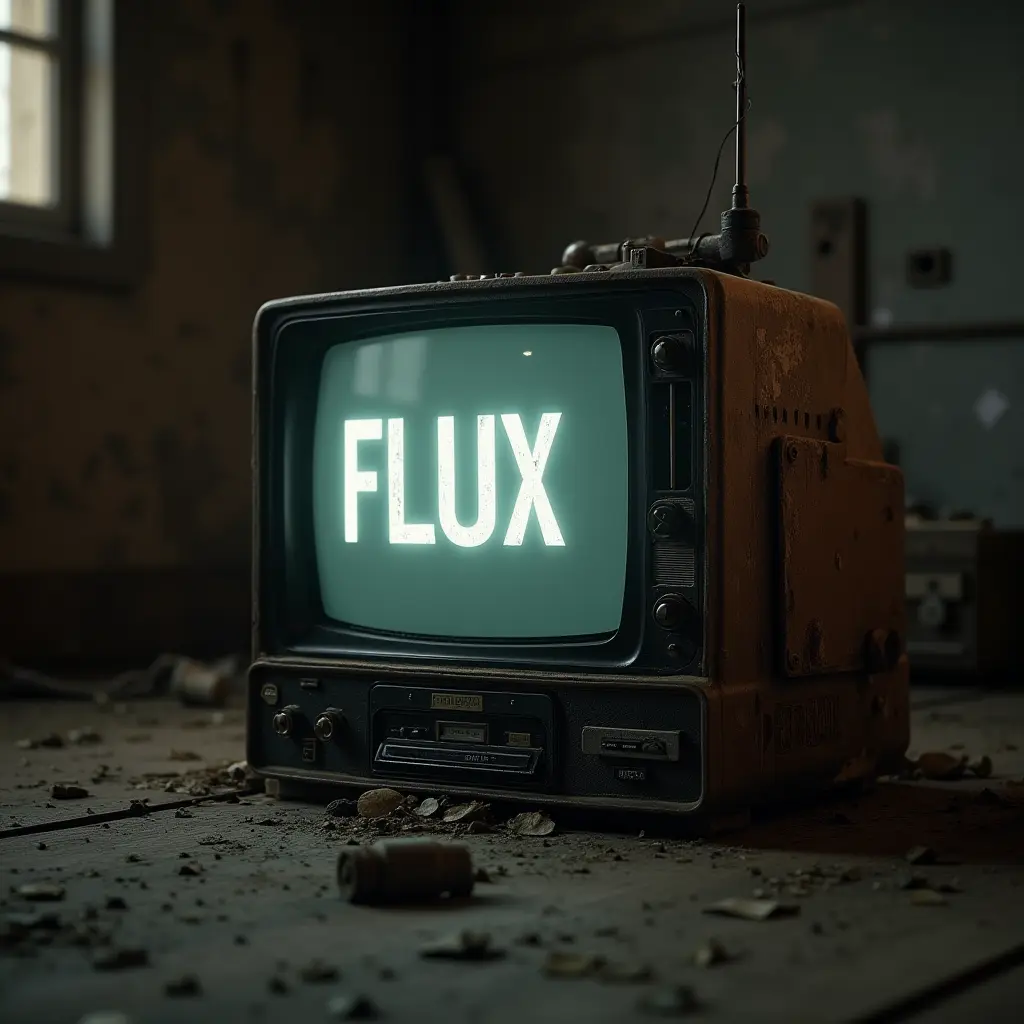ComfyUI Node: WanFunInpaintToVideo
WanFunInpaintToVideo
Categoryconditioning/video_models
ComfyAnonymous (Account age: 872days) Extension
ComfyUI Latest Updated
2025-05-13 Github Stars
76.71K
How to Install ComfyUI
Install this extension via the ComfyUI Manager by searching for ComfyUI- 1. Click the Manager button in the main menu
- 2. Select Custom Nodes Manager button
- 3. Enter ComfyUI in the search bar
Visit ComfyUI Online for ready-to-use ComfyUI environment
- Free trial available
- 16GB VRAM to 80GB VRAM GPU machines
- 400+ preloaded models/nodes
- Freedom to upload custom models/nodes
- 200+ ready-to-run workflows
- 100% private workspace with up to 200GB storage
- Dedicated Support
WanFunInpaintToVideo Description
Transform inpainting tasks into video sequences with conditioning techniques for consistent visual effects.
WanFunInpaintToVideo:
The WanFunInpaintToVideo node is designed to transform inpainting tasks into video sequences, providing a seamless transition from static image manipulation to dynamic video content. This node leverages conditioning techniques to apply inpainting effects across a series of frames, effectively creating a video that reflects the desired modifications. By utilizing both positive and negative conditioning, along with a variational autoencoder (VAE), this node ensures that the inpainting effects are consistently applied throughout the video, maintaining visual coherence and quality. The node is particularly beneficial for artists looking to extend their inpainting work into the realm of video, offering a powerful tool to create engaging and visually appealing video content from static images.
WanFunInpaintToVideo Input Parameters:
positive
The positive parameter is a conditioning input that guides the inpainting process by providing positive reinforcement for the desired features in the video. It helps in emphasizing the elements that should be highlighted or preserved during the inpainting transformation.
negative
The negative parameter serves as a conditioning input that provides negative reinforcement, indicating the features or elements that should be minimized or altered in the video. This helps in refining the inpainting process by reducing unwanted artifacts or features.
vae
The vae parameter refers to the Variational Autoencoder used in the process. It plays a crucial role in encoding and decoding the video frames, ensuring that the inpainting effects are applied consistently and effectively across the video sequence.
width
The width parameter specifies the width of the video frames. It has a default value of 832, with a minimum of 16 and a maximum defined by the system's maximum resolution. This parameter determines the horizontal resolution of the video, impacting the overall quality and detail.
height
The height parameter defines the height of the video frames. It has a default value of 480, with a minimum of 16 and a maximum defined by the system's maximum resolution. This parameter affects the vertical resolution, influencing the video's aspect ratio and detail.
length
The length parameter indicates the number of frames in the video sequence. It defaults to 81, with a minimum of 1 and a maximum defined by the system's maximum resolution. This parameter controls the duration of the video, affecting how the inpainting effects are distributed over time.
batch_size
The batch_size parameter determines the number of video sequences processed simultaneously. It has a default value of 1, with a minimum of 1 and a maximum of 4096. This parameter can impact the processing speed and resource usage, allowing for efficient handling of multiple sequences.
clip_vision_output
The clip_vision_output is an optional parameter that can be used to incorporate additional visual information from a CLIP model. This can enhance the inpainting process by providing more context or guidance for the video transformation.
start_image
The start_image is an optional parameter that allows you to specify an initial image for the video sequence. This image serves as the starting point for the inpainting process, influencing the initial frames of the video.
end_image
The end_image is an optional parameter that lets you define a final image for the video sequence. This image can guide the inpainting process towards a specific visual outcome in the concluding frames of the video.
WanFunInpaintToVideo Output Parameters:
positive
The positive output parameter provides the conditioned video sequence that emphasizes the desired features as specified by the positive conditioning input. It reflects the successful application of inpainting effects that align with the positive guidance.
negative
The negative output parameter offers the conditioned video sequence that minimizes or alters features as directed by the negative conditioning input. It showcases the inpainting effects that adhere to the negative reinforcement, ensuring unwanted elements are reduced.
latent
The latent output parameter contains the latent representation of the video sequence. This representation is crucial for understanding the underlying structure and features of the video, enabling further manipulation or analysis if needed.
WanFunInpaintToVideo Usage Tips:
- To achieve the best results, ensure that the
positiveandnegativeconditioning inputs are well-defined and aligned with your artistic goals, as they significantly influence the inpainting effects across the video. - Experiment with different
widthandheightsettings to find the optimal resolution that balances quality and performance for your specific project needs.
WanFunInpaintToVideo Common Errors and Solutions:
"Invalid resolution settings"
- Explanation: This error occurs when the
widthorheightparameters exceed the system's maximum resolution or are set below the minimum allowed values. - Solution: Adjust the
widthandheightparameters to fall within the acceptable range, ensuring they do not exceed the system's capabilities.
"Batch size too large"
- Explanation: This error is triggered when the
batch_sizeparameter is set higher than the maximum allowed value of 4096. - Solution: Reduce the
batch_sizeto a value within the permissible range to ensure efficient processing without overloading system resources.
WanFunInpaintToVideo Related Nodes
RunComfy is the premier ComfyUI platform, offering ComfyUI online environment and services, along with ComfyUI workflows featuring stunning visuals. RunComfy also provides AI Playground, enabling artists to harness the latest AI tools to create incredible art.


